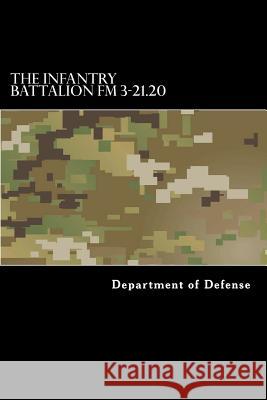The Infantry Battalion FM 3-21.20 » książka
The Infantry Battalion FM 3-21.20
ISBN-13: 9781536844221 / Angielski / Miękka / 2016 / 598 str.
2006 printing. This manual defines the role, operational requirements, mission tasks, battlefield functions, and command and control relationships of Infantry battalions organic to the Infantry Brigade Combat Team (IBCT). Users of this manual must understand the elements of doctrinal literature and their relationship to each other. The commonly used terms, tactics, techniques, and procedures are both interrelated and mutually supportive. However, each term has its own usage, level of detail, and place in the hierarchy of doctrinal publications. FMs provide doctrine, tactics, and some techniques, while mission training plans (MTP) provide techniques and procedures. Procedures can also be found in publications such as unit standing operating procedures (SOP) and Soldiers' manuals as well as others. Tactics, techniques, and procedures, in that order, become more prescriptive and require less judgment as these elements are applied. This manual is provided for use by Infantry battalion commanders and staffs, company commanders, and special platoon leaders. The term Infantry unit, as used in this context throughout this manual, refers to all Infantry and Ranger units unless otherwise specified. Air assault and airborne mission trained units are organized as Infantry units and are not differentiated in this manual. This manual is also provided for use by instructors of US Army Infantry battalion operations. It provides the doctrine for Infantry battalions to use in combat training and combat. It establishes a common base of tactical knowledge from which specific solutions to battalion-level tactical problems can be developed. It is designed to increase the effectiveness of battalion-level operations by providing doctrinal principles and selected battlefield-proven tactics, techniques, and procedures. While this manual is primarily written for US Army Infantry units, it is also a source of information for other branches of the US Army and US military, and for multinational forces while working in a joint environment. It applies to the Active Army, the Army National Guard (ARNG), the National Guard of the United States (ARNGUS), and the US Army Reserve (USAR), unless otherwise stated.
Zawartość książki może nie spełniać oczekiwań – reklamacje nie obejmują treści, która mogła nie być redakcyjnie ani merytorycznie opracowana.











